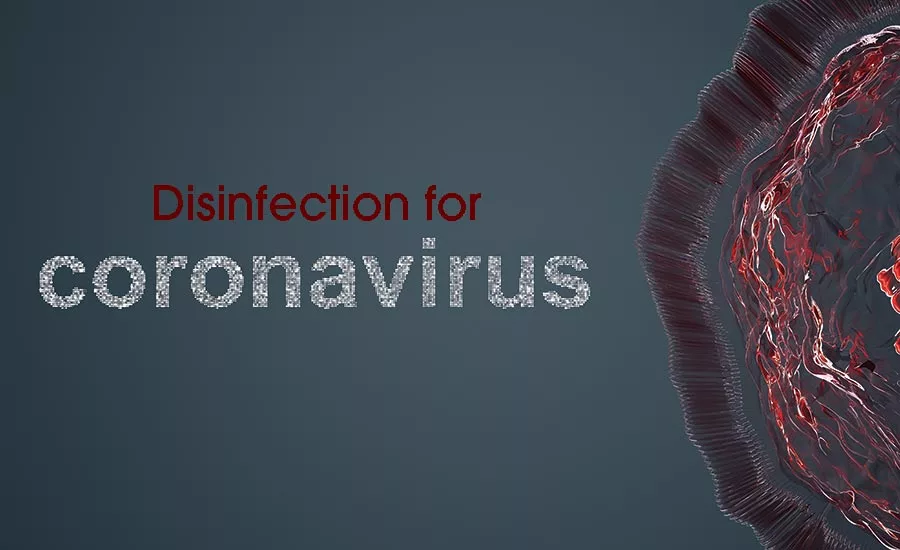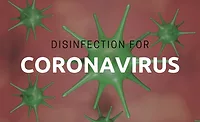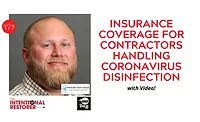Disinfection for Coronavirus

We have to filter through the fog as so much misinformation is put out to market to sell chemicals, disinfectants, and masks. Plus, there is an overwhelming flood of advice on dealing with the novel coronavirus. As contractors and educators, let’s be honest. This virus is an enveloped respiratory virus. Many people will call for disinfection for internal PR reasons and as a precaution. People are scared. Unlike non-enveloped viruses, enveloped viruses (unless they are highly infectious with a high fatality rate like Ebola) are a low-level environmental risk. As the WHO declares a global health emergency, American companies have to be diligent on OSHA training requirements for technicians responding to such an emergency. For those of us in the United States, have a look at the definitions in the HAZWOPER and Bloodborne Pathogen standard that apply to biological response. You may have exposure here.
This virus seems to be spreading quickly and environmental risks are mainly focused on high traffic touch points. These viruses are spread by close contact with body fluids, sneezing, or intimate contact/touching your soft tissues with dirty hands. The main issue is that as soon as you are done disinfecting surfaces, an asymptomatic person shedding the virus can recontaminate those touch points; this is why quarantine is set up during such events. The enveloped virus does not generally survive very long without a host. If you quarantine to limit its ability to host, you gain control and community immunity is built. You just hope people do build immunity or a vaccine becomes available.
There are a lot of unknowns about this strain of coronavirus, but we are learning more as the epidemic continues. When in doubt, follow the motto “guilty until proven innocent.” This goes any biological contaminant. Before you act, research the epidemiology of the suspect pathogen. You can be proactive and wear masks/gloves to protect your soft tissues, nose, and mouth. This is why you see many people wearing them on airplanes and at airports. However, you can cross-contaminate those close to you if you sneeze or cough into the mask, remove the mask, forget to wash your hands and then return to your seat with dirty hands. Therefore these masks can provide a false sense of security. National Geographic published a great article on air travel and viruses. Do not touch your face without washing your hands and keep your distance from people. Hand sanitizers offer some protection but only if your hands are clean.
After the Ebola crisis the American Bio Recovery Association teamed up with our industry partners to build the Bio Recovery Site Risk Assessment Guidance document, which can help contractors assess risk and categorize the project accordingly. Mitigation of viruses on high-traffic touch points can be generally accomplished by following the EPA label for disinfectants that are registered for non-enveloped viruses. This is why proper training of industry technicians is so important. Peer reviewed secondary party preparatory courses combined with third party peer reviewed exam processes show the highest level of competence. Third party exam processes that show retention of knowledge and limit bias or conflict of interest are true certifications. These are eligible for accreditation and offer the industry the highest level of credibility.
When an opportunity arises to mitigate such threats, you should ask yourself the following: Is my team qualified and prepared to deal with such risks and hazards? What are the exposure threats to my company, my employees and their families?
Looking for a reprint of this article?
From high-res PDFs to custom plaques, order your copy today!






